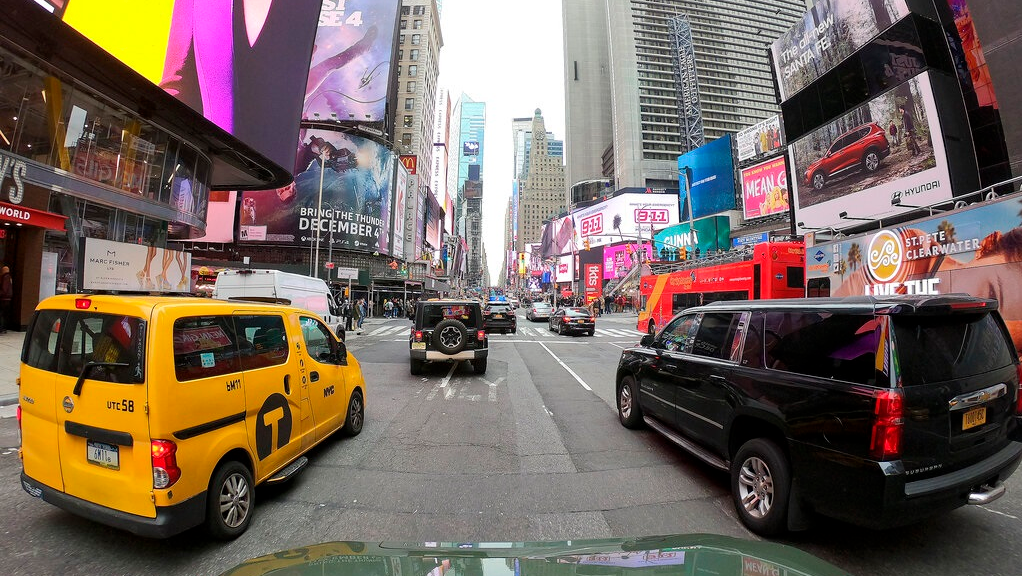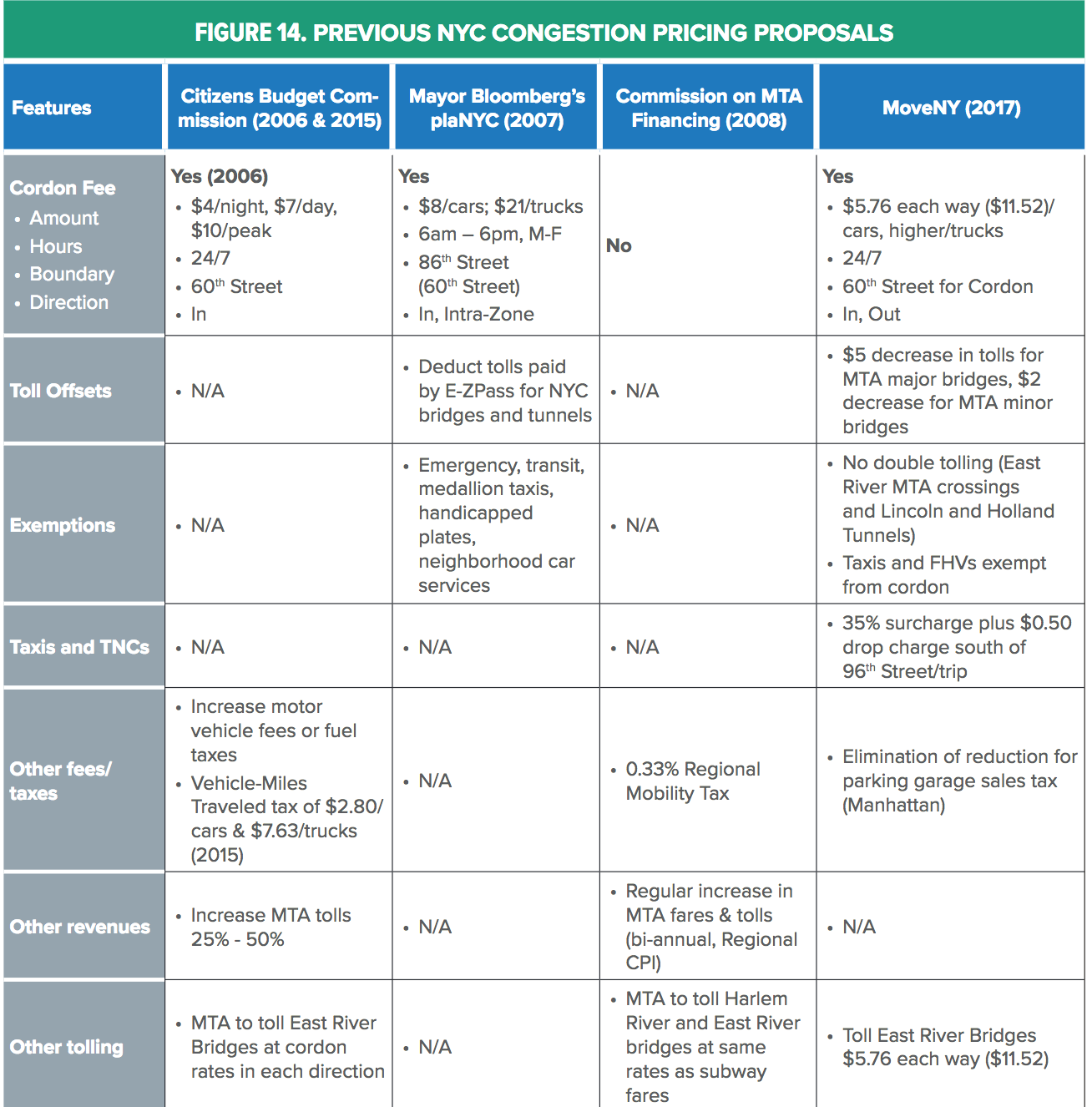
Then the MTA invited the public to comment. Trucks and other commercial vehicles could pay between $12 and $82. The report included six different tolling scenarios with tolls that ranged from $9 to as high as $23 during peak periods, and $5 to $12 during overnight hours. Two months later, the MTA unveiled a draft of the environmental assessment of the congestion pricing plan.
NYC CONGESTION TOLL DRIVERS
But Hochul appeared to backtrack in June, saying “ now is not the right time” for congestion pricing to begin.īy then, though, half of motorists said they would drive less often because of the law, a NY1/Siena Poll found, suggesting drivers were warming to the reality of new tolls. His successor, Kathy Hochul, indicated her support, and the Biden administration finally allowed an environmental review to proceed in March 2022. When the pandemic erupted, congestion pricing became even less of a priority, and the MTA said tolls wouldn’t start until 2023.Cuomo did little to advance it before resigning in August 2021. President Trump’s transportation officials gave New York state almost no guidance over environmental reviews, which Cuomo blamed on a spat with the president over green cards. (The public was still cool to the proposal when it passed, opposing the idea 54 percent to 41 percent, according to another Quinnipiac poll.)ĭelays hampered its implementation for years. Andrew Cuomo came on board and, in 2019, the state legislature passed the law. In 2017, after the subway’s “ summer of hell,” civic leaders pushed for a new congestion pricing plan for vehicles entering New York’s bustling business districts.

State lawmakers blocked the legislation, claiming it was a “regressive tax” on outer borough commuters who would park their cars in neighborhoods close to Manhattan before taking the subway.īut the public’s view on congestion pricing changed over time as traffic snarled city roadways, intense climate change-induced storms socked the region, and the subways malfunctioned more frequently after years of neglect. But 57 percent of the public opposed congestion pricing in an August 2007 Quinnipiac Poll, compared to 36 percent in favor (although support flipped if respondents were informed the money would go toward fixing the subways).

In 2007, Mayor Michael Bloomberg tried to implement a congestion zone mirrored after similar measures in London and Stockholm. The roiling debate over congestion pricing is nothing new. “Congestion and climate change are existential threats to our city and we need to address them.” All of the scenarios and permutations were made clear to us, so we have a better understanding than other people in that position,” said Jordan Barowitz, president of Barowitz Advisory and a former executive at the Durst Organization, a major landlord. “The industry was involved in this from the beginning. These are people who would have opposed it no matter what because it’s good politics for them.”īut another reason is that few of these arguments garnered sympathy from New York’s real estate community, who assert that public transit is the lifeblood of the region and that the system needs continued investment.

“I don’t think the bellyaching from Jersey will have an impact on what is a very strict legal process.

“It’s been working through the federal bureaucracy for years now,” said Danny Pearlstein, a spokesman for Riders Alliance, which organizes for subway and bus riders. Transportation advocates aren’t worried that congestion pricing will get derailed this close to going into effect, however. Phil Murphy asked both Transportation Secretary Pete Buttigieg and President Joe Biden to block the plan, claiming New Jersey Transit and the PATH train can’t handle additional passengers. Nicole Malliotakis demanded the Federal Highway Administration conduct its own environmental review of the law and the MTA hold more public hearings to solicit feedback. Josh Gottheimer, a Democrat from New Jersey, threatened to block the Metropolitan Transportation Authority from using federal funds unless Jersey drivers got a credit for Hudson River tolls. Several public officials have joined the pileup against the measure. SEE ALSO: Federal Program Aims to Jump-Start Secondary ‘Tech Hubs’


 0 kommentar(er)
0 kommentar(er)
